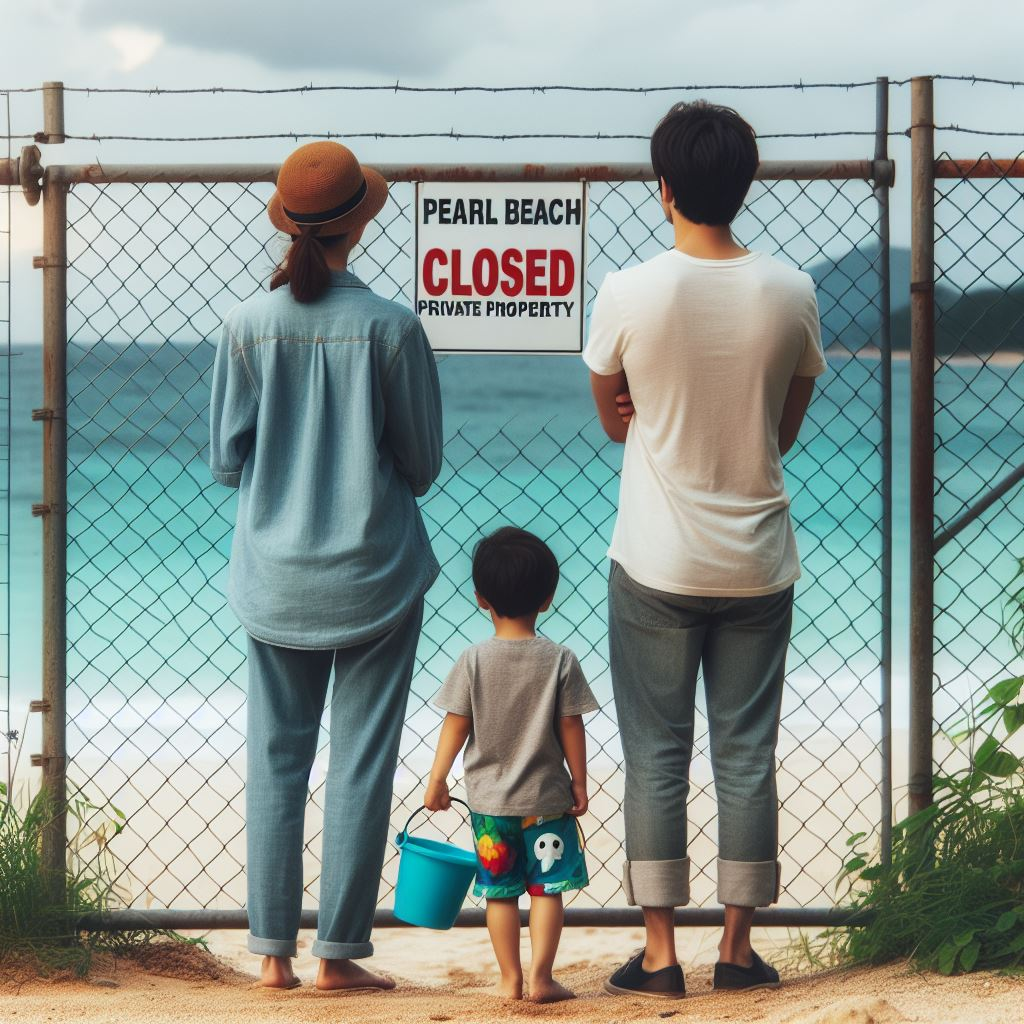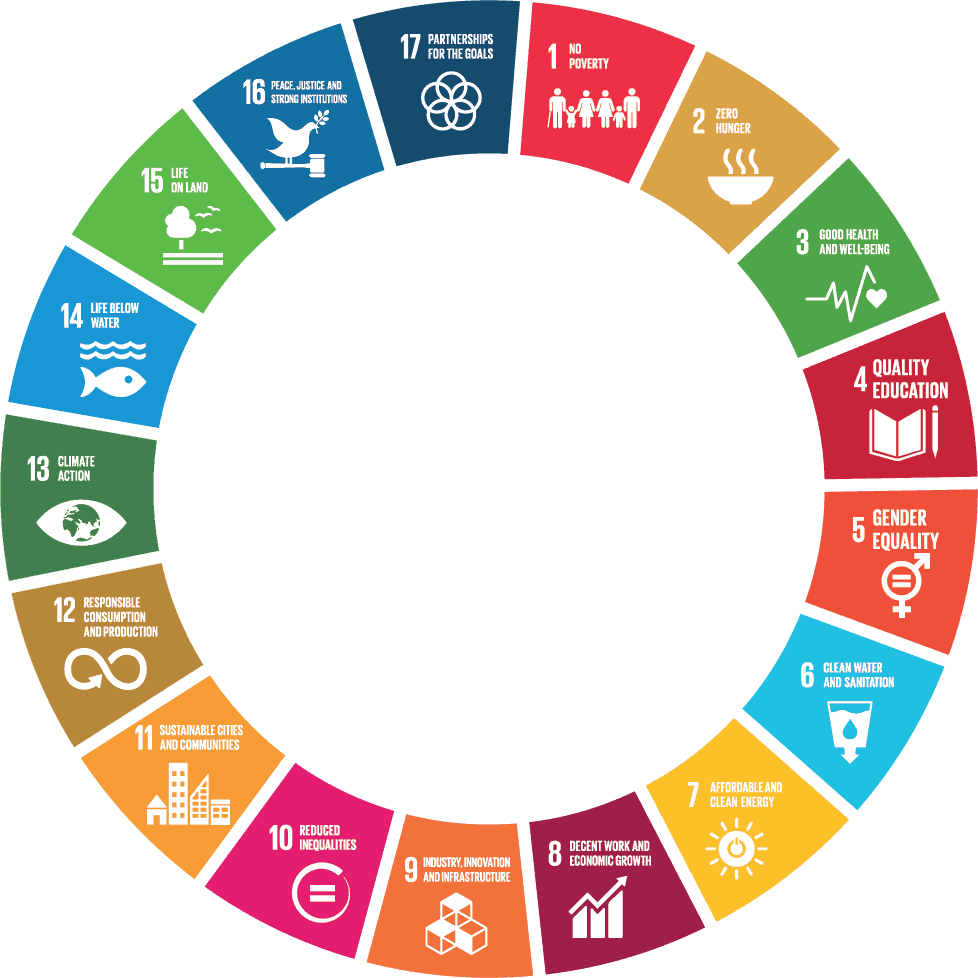by James Bernard Quilligan
Senior Adviser, EDA
GTAC, January 31, 2018
As a monetary consultant, I spent much of my career questioning bankers about the authenticity of their balances sheets. The thing that alarmed me most in these discussions was this: the social demand for commodities is routinely claimed by banks as having a direct link with the ecological supply of resources which are extracted, produced and sold as commodities.
This just isn’t true. Bank reserve assets are not discounted to reflect the decline of the world’s non-renewable resources. In fact, as society’s ecological debt keeps mounting, no one is actually keeping track. Consider how odd this is: the demand for goods is used as a proxy for the relative accessibility of non-renewable resources — yet the increasing scarcity of fossil fuels isn’t showing up in the price we pay at the gas pump.
Same with water and rare minerals, which are not valued according to their declining availability. Nor does eco-value appear on the spreadsheets of most stock traders, insurance companies or businesses. I began to see this as a problem of accountability, which runs far deeper than accounting.
The larger challenge is to reconceive and restructure the modern system of economic valuation, starting with the theory that it’s based on a natural principle of equilibrium. For example, Adam Smith’s ‘invisible hand’ idea that the efforts of individuals in pursuing their own interests automatically benefit the collective society, and its analogue that supply creates its own demand — are these familiar assumptions valid?
So, let’s begin by asking, is supply and demand truly able to manage the thresholds of resources which an environment can sustain, or to ensure that these resources are allocated sufficiently to the population living in that environment? In both classical and Keynesian economics, the balance between the supply of a quantity of a good or service and the demand for it is determined by the price of this quantity. What is counted on the supply-side of this equation are the production costs, which include labor, capital, energy and materials, the expectations of future prices and suppliers, and the technology that’s used in production. Producer costs are largely determined by the relative availability of the material and energy which constitute their products, yet there is no ecological calculation or criterion for this. The rate at which people and their organizations may harvest or use a particular resource within its regenerative capacity is not recorded as the yield of an ecological stock or flow, but as an economic output.
Conversely, the demand-side of the market economy measures consumer income, tastes and preferences, prices of related goods and services, expectations about future prices and incomes, and the number of potential consumers.
Rather than reflecting actual human need, demand is a measure of individual consumption at the point of sale. It’s simply the price at which a person is willing to pay for something, signifying how much cash or credit is exchanged in one’s transaction. But what’s not measured by demand is the individual’s accessibility to air, water, food, health, safety, shelter, security, love, belonging or inclusion. No subjective expressions of need nor social or ecological dimensions are involved in the recording of demand through the cash register, barcode scanner or wireless purchase.
This framework for market equilibrium is also applied on a broader scale. Just as the supply- demand formula is based on a functional connection between producers and consumers in microeconomics, the supply-demand ledger is used in macroeconomics to express the functional relationship between lenders and borrowers. A familiar example is the application of the supply-and-demand framework to aggregate supply and aggregate demand in the realms of finance and banking. Here, the equilibrium between the money supply and the demand for money is expressed through an interest rate, which represents the price that is charged for money.
Once again, this determines a certain kind of transactional balance within the marketplace, but does not reflect the broader relationship between the ecology and its population. When all that is accounted in the standard supply-demand equation is the price of a particular commodity or good, or an interest rate which represents the price of money, neither the resource preservation and replenishment rates nor the human need for this resource are accounted for.
This disequilibrium in value has also led to deep political biases in how the supply-demand model should be applied. On the one hand, classical and neo-classical economists say that ‘supply creates its own demand’. This encourages policies of greater investment and production through individual initiative and less government intervention in the economy, while rationalizing endless resource extraction, production and growth. Yet by using supply and demand as our scales of balance, we rarely question why the exponential values in our economy are disjointed from the biological growth rates found in Nature.
On the other hand, Keynesians say that boosting wages and purchasing power generates demand. This encourages policies of shared investment and production through a government’s intervention in the economy, but ignores the destructive competition which this creates between available resources and the needs of a population for those resources. Here, Keynesian economics is no different than classical economics: both assume that meeting human needs is dependent on extractive production, expanding population, continuous demand, increasing personal income, rising consumption and the infinite bounty of the environment.
Neither choice is correct because the basic theory of market equilibrium misinterprets the connection between ecological support systems and the people who depend on them. This link is seen simply as a ‘supply chain’ through which a quantity of something demanded by consumers or borrowers is delivered to them based on the quantity that firms or banks can supply.
Neither the classical or Keynesian approaches to supply and demand reflect the constraints to the productive capacity of Earth’s resource base or the maximum size of a population which can be maintained indefinitely within its environment. Our economic proxies for ecological balance are directly to blame for this massive market failure. Trapped in this illusion of supply-demand equilibrium, human population is now using the basic resources of food, water, energy and rare minerals faster than Nature can replenish them in meeting the needs of its people.
To reverse these precarious misallocations, we’ll have to transform our epistemology, our ideologies, our institutions and rules, as well as our means of accounting. We begin by recognizing how ecological equilibrium works. The threshold of available resources and the allocations of those resources to meet the needs of a population are actually opposing forces which continuously counteract one another. This dynamic principle exists between every species and its environment: natural organisms react to changes in their ecosystem and make adjustments to survive. Through this interaction, instead of supply creating its own demand, or demand being dependent on wages or purchasing capacity, the demonstration of need creates its own supply and is automatically met. This is how it works in Nature and within the biology of the human body; this is how it also must work in human society.
The needs of a population for its resource support systems have to be given a new empirical basis in policy, beyond the elementary framework of supply and demand. This calls for a major readjustment. What is now included on the supply-side as extraction and production is redefined as the self-organization of resources within the ecological limits of the planet to sustainably regenerate those resources. And what is now reported on the demand side as a measure of income is redefined as the self-sufficiency of people in meeting their needs through the use of these resources.
When supply becomes an ecological value and demand becomes the value of human need, ’build it and they will come’ is transformed into ‘demonstrate the need and it will be met’. Now, instead of a crude approximation for economic equilibrium, we have an actual measure for the cooperative activities of people regenerating their resources to meet their needs — the level of productive output which an ecology can optimally ‘carry’ or sustain for its species.
Measuring the replenishment of both renewable and non-renewable resources enables society to manage them by sustaining their yield for the human population. There’s a word for this dynamic equilibrium between people and their environment as a living system. It lifts us past the supply-demand complex and embodies a way of consciously organizing our own sufficiency through the constantly fluctuating, self-adjusting metabolism of society. It’s called biocapacity.

